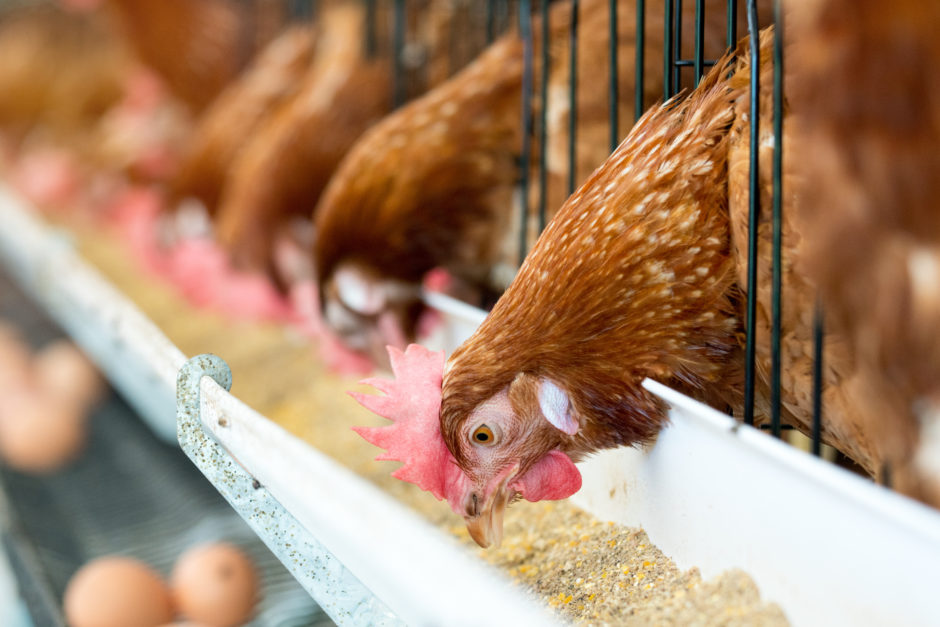Relative Feed Value (RFV): When Is It Meaningful?

As the costs of feeding animals are easily the biggest ongoing expense for food animal producers, it makes perfect sense to use measurements and metrics to get the most out of this input cost. It’s also important because diet quality affects animal performance – indeed, using better-quality ingredients, such as the high-shear dry extruded varieties, in diets can drastically improve animal performance. I recently blogged about TDN, or total digestible nutrients, and discussed what it is and how useful it can still be.
Because acronyms, like TDN, get tossed around in conversation, and go along with a number, it’s important to fully understand what each means. Perhaps most importantly, it’s critical to understand how, and within what situation, the data becomes meaningful. So, this time, let’s discuss relative feed value, or RFV.
Relative feed value is used for forages, and in particular, for alfalfa forages, including dry hay and haylages of predominantly alfalfa composition. The value is derived from a formulation that uses the acid detergent fiber (ADF) and neutral detergent fiber (NDF) quantities as determined by a lab. The general theory is that as alfalfa forages contain more ADF and NDF, which are difficult to digest, the RFV value will decline.
So, a few things to point out here – the RFV doesn’t concern itself with anything other than fiber. Nothing on protein, starch, or other important categories of nutrients. It’s a metric for forages only, which again, are high in fiber. And, really, it was developed for alfalfa. Second, as the name indicates, it’s relative. You must have at least one other RFV number before the first one has much meaning. Therefore, this data can’t be used to create a complete diet formulation, at least not in any meaningful way. This is because you must know how much of a particular nutrient, such as a particular amino acid (fiber isn’t really a nutrient, but that’s a longer discussion), is present in an ingredient to create a formulation that meets the nutrient requirements of an animal. Third, other metrics, such as relative forage quality, or RFQ, have been created to use in place of RFV to deal with these shortcomings. But many of the aforementioned problems still exist, and RFQ relies on TDN, and as I mentioned above (and have blogged about previously), TDN has serious drawbacks.
In conclusion, when assessing feed quality metrics, be sure to fully understand the acronyms and numbers being supplied. Is someone asking for an RFV value for a cereal grain? While a value can be generated, it won’t help you in any way. Please reach out to Insta-Pro and we can help you make sense of the data.



